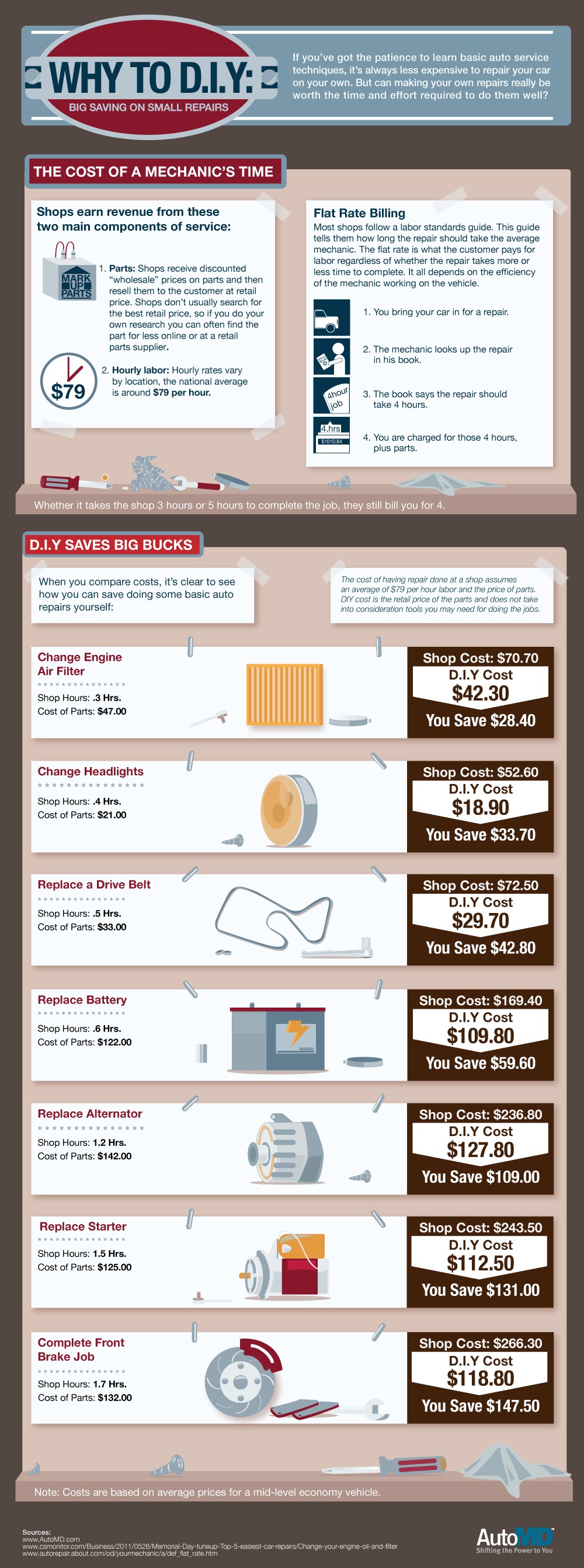Recognizing Your Car'S Warning Lighting: What Do They Really Mean?
Recognizing Your Car'S Warning Lighting: What Do They Really Mean?
Blog Article
Write-Up Produced By-Hartley Corbett
When you're behind the wheel, those glowing caution lights on your dashboard can be a little bit complicated. Do you understand what they're attempting to tell you regarding your auto's health and wellness? Recognizing the relevance of these lights is vital for your safety and security and the durability of your lorry. So, the following time among those lights pops up, would not you want to understand its message accurately and take the required actions to resolve it?
Common Caution Lights and Interpretations
Identify usual caution lights in your automobile and understand their definitions to make certain risk-free driving.
The most normal caution lights consist of the check engine light, which indicates concerns with the engine or discharges system. If this light comes on, it's essential to have your automobile checked immediately.
The oil stress cautioning light suggests low oil pressure, calling for prompt focus to avoid engine damages.
A blinking battery light might recommend a malfunctioning charging system, potentially leaving you stranded otherwise dealt with.
The tire pressure monitoring system (TPMS) light informs you to low tire pressure, affecting vehicle security and fuel efficiency. Disregarding this might lead to dangerous driving problems.
The abdominal muscle light suggests a problem with the anti-lock stopping system, jeopardizing your capacity to stop rapidly in emergencies.
Lastly, the coolant temperature warning light warns of engine getting too hot, which can lead to serious damages if not solved swiftly.
Understanding these typical caution lights will certainly assist you attend to concerns immediately and maintain risk-free driving problems.
Value of Prompt Attention
Understanding the usual warning lights in your vehicle is only the first step; the value of quickly addressing these warnings can not be emphasized sufficient to guarantee your safety when traveling.
When a caution light illuminates on your dashboard, it's your vehicle's way of connecting a possible concern that requires interest. Ignoring these warnings can bring about much more serious issues later on, endangering your safety and security and possibly costing you extra out of commission.
Motivate attention to advising lights can prevent break downs and accidents. For instance, a blinking check engine light can indicate a misfire that, if left unattended, could cause damage to the catalytic converter. Resolving https://car-oil-change-near-me51615.weblogco.com/32217581/how-to-pick-the-right-cars-and-truck-detailing-solution-for-your-requirements can save you from a pricey repair service.
Similarly, a brake system cautioning light may indicate reduced brake fluid or worn brake pads, vital components for your safety and security when driving.
Do It Yourself Troubleshooting Tips
If you notice a caution light on your control panel, there are a couple of DIY repairing suggestions you can try prior to looking for professional assistance.
The first step is to consult your auto's handbook to comprehend what the specific caution light suggests. In some cases the concern can be as basic as a loose gas cap triggering the check engine light. Tightening up the gas cap may solve the problem.
An additional common problem is a reduced battery, which can set off numerous cautioning lights. Checking the battery connections for corrosion and guaranteeing they're safe might fix the problem.
If a warning light continues, you can try resetting it by detaching the vehicle's battery for a few mins and then reconnecting it. In addition, checking your car's liquid degrees, such as oil, coolant, and brake fluid, can help troubleshoot cautioning lights associated with these systems.
Final thought
In conclusion, comprehending your automobile's warning lights is vital for keeping your vehicle running smoothly and securely. By promptly attending to Learn Additional and recognizing what they indicate, you can prevent pricey fixings and potential malfunctions.
Remember to consult your automobile's guidebook for specific information on each alerting light and do something about it appropriately to make certain a trouble-free driving experience.
Keep educated, stay safe on the road!
